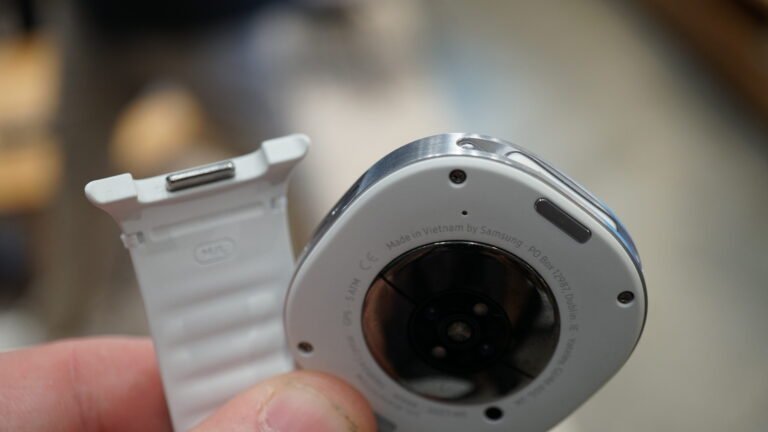
While the “No Tax on Tips” provision in President Donald Trump’s One Big Beautiful Bill Act has been making headlines for its tax deductions on tips and overtime, there are plenty of other write-offs tucked into the massive 940-page bill—including one aimed at car owners financing new vehicles with loans. Now that the bill is law, here’s what to know.
Rules for the new car loan tax deduction
Like the “No Tax on Tips” provision, this deduction has a few catches, including— but not limited to—the fact that it is temporary, and set to expire at the end of Trump’s second term in 2028.
Furthermore, the deduction only applies to interest on loans taken out on “qualified passenger vehicles” used for personal (not business) travel, whose “final assembly” occurred in the United States. The vehicles must be purchased in 2025, 2026, 2027, and 2028.
On the plus side for tax filers: In addition to cars, the tax credit will apply to vans (including minivans), sport utility vehicles (SUVs), pickup trucks, and even motorcycles, according to CNN. On the minus side: The tax deduction appears to apply only for new (not used) vehicles.
Who is eligible for the car loan deduction, and how much is the deduction amount?
The deduction is available to those with “qualified passenger vehicles” who fall under certain income limits. For single filers with an adjusted gross income up to $100,000 ($200,000 for joint filers), the deductions on vehicle loans are capped at $10,000 in interest each year (regardless of whether the deductions are itemized).
The deduction amount decreases $200 for every $1,000 over that income threshold, CNN reported.
Who will get the most benefit from this tax break on car loan interest?
Economist Jonathan Smoke at research firm Cox Automotive told CNBC that most taxpayers won’t reach the highest amount of the deduction benefit, since only the most expensive cars—like Rolls-Royces, Ferraris, Porsches, or Land Rovers—have annual interest charges of $10,000.


